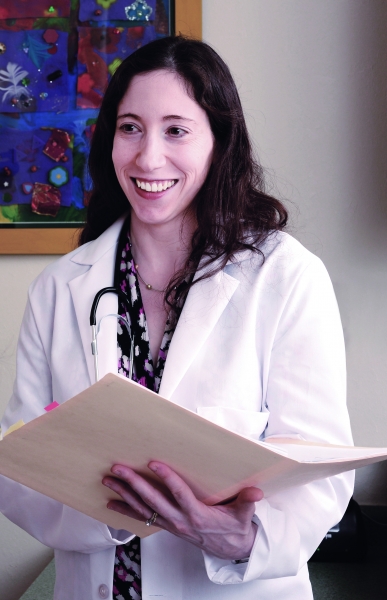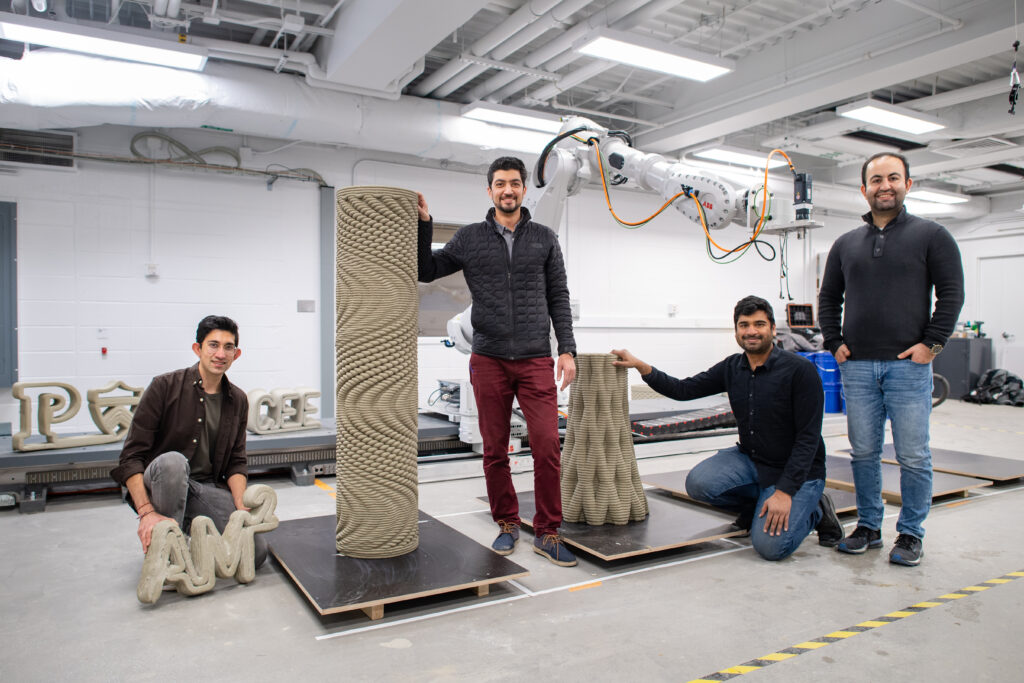Follow Dr. Timothy Noël on Linkedin or learn more about the research Dr. Timothy Noel and his team conduct here. A link to the specific paper our earlier news report and this interview pertains to can be found here.
In a revolutionary study, Dr. Timothy Noel and his team have pioneered a PFAS-free fluorination technique, offering a transformative solution for green chemistry in pharmaceuticals and agrochemicals. As part of our in-depth look at this issue, which we covered earlier in our news feature, we spoke with Dr. Noel to gain further insight into his research and its impact on the industry.
The following interview is presented unedited to preserve Dr. Noel’s original responses and provide a deeper, unfiltered insight into his research on PFAS-free fluorination. This format allows readers to fully grasp the nuances and significance of his research in advancing sustainable chemistry solutions.
Acknowledgement From Dr. Timothy Noel: I would like to thank the entire Noel Research Group, all the supportive colleagues and the funding agencies (in particular the European Research Council). Without them it is impossible to do such research.
Could you explain the key mechanisms behind your PFAS-free fluorination process and how it achieves similar or improved properties in pharmaceuticals and agrochemicals without relying on harmful fluorinated compounds?
Our method leverages fluorine-free organic molecules in combination with Caesium Fluoride as a fluorine source to generate trifluoromethyl-heteroatom anions on demand. This approach eliminates the need for PFAS-type reagents, significantly reducing PFAS-related waste, which is a major environmental advantage.
What are the major challenges in replacing traditional PFAS-based methods in chemical synthesis, particularly in maintaining the stability and functionality of fluorinated compounds?
The main challenge lies in the fact that most of the chemistry used to produce CF3-containing pharmaceuticals, agrochemicals, and materials depends on bespoke reagents that already incorporate this moiety in their core structure. These reagents often require multiple steps, each generating PFAS-related waste. Although this approach is effective, it is clear that new solutions are needed to address the potential future ban on PFAS, particularly in the EU.
While our method addresses this issue for a key class of molecules, further work is necessary to systematically extend this approach to the wide array of reagents developed over the past decades. Achieving this will require significant time and innovative advances in synthetic chemistry.
How does your PFAS-free fluorination process impact the overall sustainability of chemical manufacturing, particularly in terms of energy efficiency, waste reduction, and environmental toxicity?
As mentioned earlier, PFAS-based reagents typically require multiple steps, each generating PFAS-related waste. Our work demonstrates that this process can now be done in a single step. By creating the reagent on demand from widely available chemicals, we produce only the exact amount needed for the application. This means no excess reagent is made, leading to less waste.
What specific fluorination techniques or reagents have been developed by your team that set this process apart from conventional methods? Are there any novel catalysts or intermediates involved?
Our work has focused on the generation of trifluoromethyl-heteroatom anions, a relatively underutilized class of functional groups as mentioned in the paper’s introduction. This limited use is partly due to the lack of general methods, an issue our approach helps to address.
While we have not yet explored the useof catalysts in combination with our reagents, it is certainly on our agenda for future research..
How scalable is the PFAS-free fluorination method for industrial applications, and what are the barriers to its widespread adoption by the pharmaceutical and agrochemical industries?
By utilizing flow chemistry, based on the principle of continuous manufacturing, we can produce virtually unlimited quantities of the reagent on demand. As long as the reactor is continuously supplied with starting materials, the reagent can be consistently collected. The inherent advantages of flow chemistry ensure scalability for this approach.
Can you discuss the role that green chemistry principles play in your work and how this innovation aligns with broader efforts to reduce the chemical industry’s environmental footprint?
Green chemistry principles are at the core of our work, particularly in minimizing hazardous substances (or enabling its handling in small quantities so that risk are mitigated) and waste generation. Our method specifically addresses one of the key concerns in the chemical industry: the use of PFAS-based reagents, which are associated with significant environmental risks due to their persistence and the generation of harmful waste. By developing a process that eliminates the need for such reagents, we significantly reduce the environmental footprint of trifluoromethylation reactions.
Our innovation aligns with green chemistry principles by focusing on atom economy, reducing waste at the source, and ensuring scalability through flow chemistry. By generating reagents on demand from widely available, fluorine-free organic molecules and using Caesium Fluoride as a fluorine source, we avoid excess reagent production, which translates to less chemical waste. Additionally, the continuous flow process allows for efficient, scalable manufacturing, further enhancing resource efficiency and minimizing the environmental impact.
This approach not only addresses the current challenges of PFAS-related waste but also supports broader efforts to make the chemical industry more sustainable by reducing reliance on hazardous chemicals and promoting cleaner, more efficient processes.
Looking ahead, what are the next research or development priorities for PFAS-free fluorination, and are there any ongoing collaborations with industry to bring this technology to market?
PFAS presents a significant challenge for the chemical industry. While it offers great benefits, such as enabling more potent drugs, advanced agrochemicals, and high-performance fluorinated materials, its synthesis often falls short of green and sustainable chemistry standards. Currently, many academic groups are focusing on two major areas: improving sustainable synthetic methods to generate these molecules, and discovering new reactions that can safely and reliably degrade PFAS compounds. Our work contributes to the former, but there is still much to be done to fully address the challenges posed by PFAS.
In our paper, we collaborated with industry partners to demonstrate the efficacy of our method in introducing these key functional groups into drug-like molecules. Moving forward, we are keen to expand our network to further implement our innovations in real-world applications, advancing both the sustainability and practicality of PFAS-related chemistry.

Hassan graduated with a Master’s degree in Chemical Engineering from the University of Chester (UK). He currently works as a design engineering consultant for one of the largest engineering firms in the world along with being an associate member of the Institute of Chemical Engineers (IChemE).



